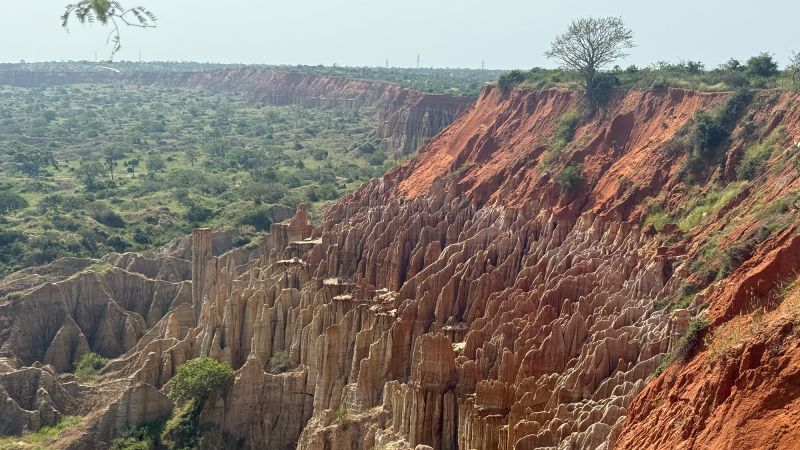Editor’s Note: This CNN Travel series may have adjacent ads by the country it highlights. CNN retains full editorial control over subject matter, reporting and frequency of the articles and videos, in compliance with our policy.
After decades largely cut off from the world, Angola’s natural wonders are again ready for discovery. The southern African country is twice the size of Texas, and the roads and accommodation that will allow more tourists to explore the interior are just getting into place.
But even a short drive from the capital city Luanda takes you to beaches, cliffs and national parks where you’ll often feel like the only visitor there.
Much of Luanda’s growth has pushed to the south. The posh, Brazilian-style suburb of Talatona sprawls with designer shops and spas. Chinese companies built geometrically planned neighborhoods in nearby Kilamba, with identical apartment blocks evenly spaced apart.
But down the coast, the urban landscape suddenly ends and, about an hour later, opens up to a lunar landscape on the beach. Miradoura da Lua, or the Viewpoint of the Moon, is a region where oceanside cliffs have over eons worn away to reveal wavy rock formations underneath. It’s like a landscape of stalagmites, but on a tropical beach instead of in a cave. The highest points nearest the cliffs are tinted with red earth, shifting through shades of white and gray to the blue waters of the Atlantic.
Continue reading the complete article on the original source



